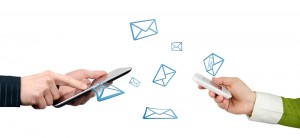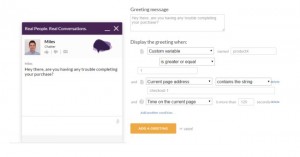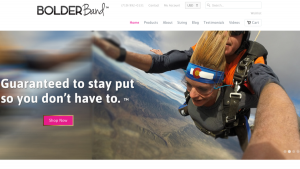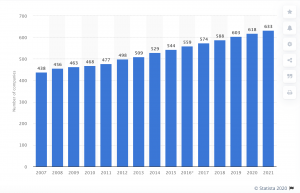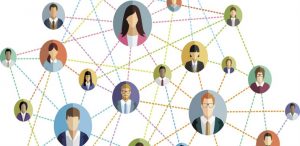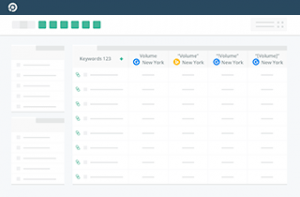Email newsletters are hot again! Did we suddenly and collectively enter a wormhole that’s transported us back to the aughts? Not quite. While there’s been a shift, it’s not a temporal one. Instead, you can chalk this up to a behavioral shift â the fact that we now use our mobile devices an average of three hours a day (excluding talk time).
With this heavy usage of mobile comes an equally voracious need for content, something email newsletters are perfectly poised to satisfy â especially when they’ve been personalized for the reader. But you’ll need to go beyond a Dear _____ greeting or the inserting the recipient’s name in your subject line. While emailing hasn’t changed much in the past decade, personalization methods have.

Several years ago it would’ve required an entire team to curate content based on segmentation, but nowadays personalizing emails can be done “automagically” and with greater relevance. By utilizing big data and machine learning, you can send individually appropriate content based on a person’s known site activity â all via modules embedded within your existing newsletter templates. Here’s how it works:
- Personalization engines combine behavioral data, contextual data and user data to select an ideal set of content for each recipient
- Email marketers are still able to create one version of their mailing, yet deliver a unique experience to each recipient based on their specific history
- Email service providers can layer personalized content on top of the workflow their clients build to define customer journeys
Though this level of customization isn’t that common, it should be. One national retailer using these new personalization techniques saw response rates jump 190% in the first two months while their operational costs plummeted 99%. Clearly there’s an advantage to abandoning the one-size-fits-all approach that’s been so prevalent in email marketing. So how can you take advantage of personalization that’s truly 1:1?
1. Give your current approach a good hard look
Which of the old-school “personalization” techniques mentioned above are you still using â and how satisfied are you with them? You’ll want to know where you stand and identify any problem areas before you commit to a new approach.
2. Assess your assets
Take stock of your email program and content inventory to understand what you have to work with, and importantly, which areas of your brand’s email footprint may benefit from new or better personalization techniques.
3. Test and learn
Not convinced the big data/machine learning combo can be dramatically more effective than a segment-based approach? Pit the two methodologies against each other to see just how much of a lift you can actually get.
For a deeper dive on the potential of personalization, click here to download OneSpot’s “Why Your Email Personalization Strategy May Not Be Personal Enough.”
Digital & Social Articles on Business 2 Community(24)


